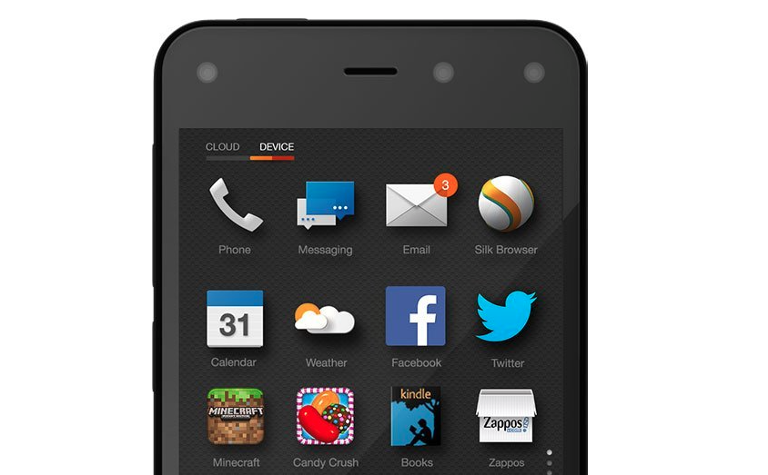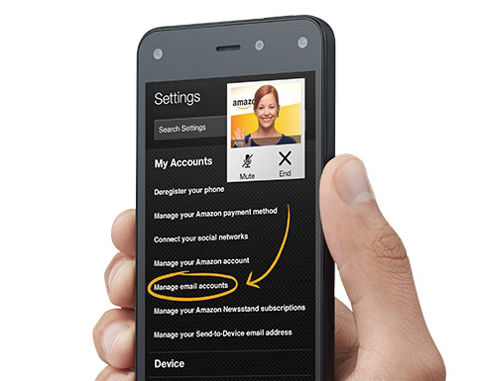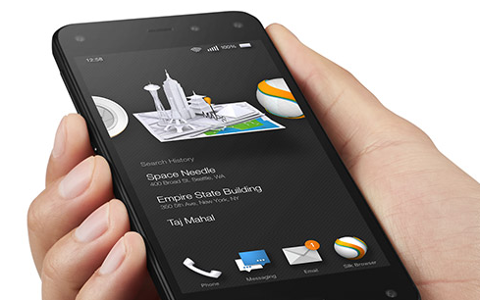Tech Lessons From Amazon's Phone Debacle
Late last week, the Wall Street Journal published a lengthy piece about the failure of the Fire Phone, Amazon’s attempt to break into the smartphone market. According to the newspaper, the e-commerce giant has laid off dozens of engineers in the wake of the debacle, and also curbed its ambitious plans to become more of a hardware player. When Amazon CEO Jeff Bezos introduced the Fire Phone in the summer of 2014, the device retailed for $200 with a two-year wireless contract with AT&T. When that arrangement failed to entice consumers, the company eventually slashed the price to 99 cents, but even that didn’t attract buyers. By the end of the year, Amazon announced that it would take a $170 million write-down on unsold Fire Phone inventory. Why did the Fire Phone tank? There are many good smartphone options out there; if a customer doesn’t want an iPhone, for instance, he or she can purchase high-end Android devices from HTC, Samsung, and other manufacturers. Despite some well-received features such as a 3-D screen and the Firefly app (which could recognize objects in the surrounding environment), the Fire Phone boasted nothing that allowed it to stand out in that crowded marketplace. The failure of the Fire Phone demonstrates, on a large scale, an important tenet for software companies of all sizes: Before building something, make sure that your potential customers actually want it. In previous years, Amazon succeeded in pushing low-cost Kindle Fire tablets; if it had followed a similarly low-cost strategy with the Fire Phone, its smartphone dreams might have succeeded—or at least not crashed-and-burned so spectacularly. When embarking on a project involving a ton of resources, it always pays to do a little market research.



